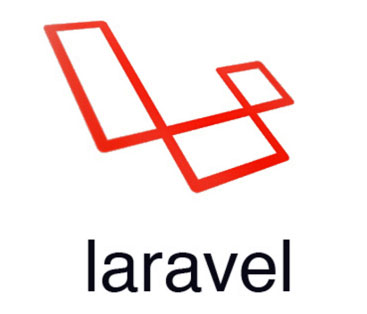
In this tutorial, we will show you how to install Laravel on Debian 9. For those of you who didn’t know, Laravel is a free, open-source PHP web application framework, created by Taylor Otwell and intended for the development of web applications following the model–view–controller (MVC) architectural pattern. It is a pretty new framework but with a big potential to become one of the most popular PHP frameworks.
This article assumes you have at least basic knowledge of Linux, know how to use the shell, and most importantly, you host your site on your own VPS. The installation is quite simple and assumes you are running in the root account, if not you may need to add ‘sudo‘ to the commands to get root privileges. I will show you the step-by-step installation of Laravel on a Debian 9 (Stretch) server.
Prerequisites
- A server running one of the following operating systems: Debian 9 (Stretch).
- It’s recommended that you use a fresh OS install to prevent any potential issues.
- SSH access to the server (or just open Terminal if you’re on a desktop).
- An active internet connection. You’ll need an internet connection to download the necessary packages and dependencies.
- A
non-root sudo useror access to theroot user. We recommend acting as anon-root sudo user, however, as you can harm your system if you’re not careful when acting as the root.
Install Laravel on Debian 9 Stretch
Step 1. Before we install any software, it’s important to make sure your system is up to date by running the following apt-get commands in the terminal:
apt-get update apt-get upgrade
Step 2. Installing Composer.
Install Composer which is the tool for dependency management in PHP:
curl -sS https://getcomposer.org/installer | php sudo mv composer.phar /usr/local/bin/composer
Step 3. Installing Laravel.
Install the latest version of Laravel, using the composer create-project command:
composer create-project --prefer-dist laravel/laravel my_app
If the installation is successful, you will see the following lines:
Writing lock file Generating optimized autoload files > Illuminate\Foundation\ComposerScripts::postAutoloadDump > @php artisan package:discover Discovered Package: fideloper/proxy Discovered Package: laravel/tinker Package manifest generated successfully. > @php artisan key:generate Application key [base64:cBDZjOZD+T+TjlBI5sWqRWIqrOmDaNEYo2Jc+PVKBMW=] set successfully.
Step 4. Server your application with Artisan.
Once the installation is completed you can use the artisan serve command to serve your application:
php artisan serve
The output should be something like this:
Laravel development server started: <http://127.0.0.1:8000>
Step 5. Installing Nginx and PHP-FPM.
Run the following command to install both Nginx and PHP-FPM from the official Debian repositories:
apt-get install nginx php-fpm
Next, change the ownership of the Laravel directory:
chown -R www-data:www-data /path/to/laravel
Then, create a new Nginx server block with the following content:
### nano /etc/nginx/sites-available/mydomain.com
server {
server_name mylaravel.com www.mylaravel.com;
listen 80;
root /path/to/laravel/web;
access_log /var/log/nginx/laravel-access.log;
error_log /var/log/nginx/laravel-error.log;
location / {
try_files $uri $uri/ /index.php?$query_string;
}
location ~ \.php$ {
include snippets/fastcgi-php.conf;
fastcgi_pass unix:/run/php/php7.0-fpm.sock;
}
location ~ /\.ht {
deny all;
}
}
Activate the server block by creating a symbolic link:
ln -s /etc/nginx/sites-available/mylaravel.com /etc/nginx/sites-enabled/mylaravel.com
Now, we can restart the Nginx web server so that the changes take place:
sudo systemctl restart nginx
Congratulations! You have successfully installed Laravel. Thanks for using this tutorial for installing Install Laravel on the Debian 9 Stretch system. For additional help or useful information, we recommend you check the official Laravel website.